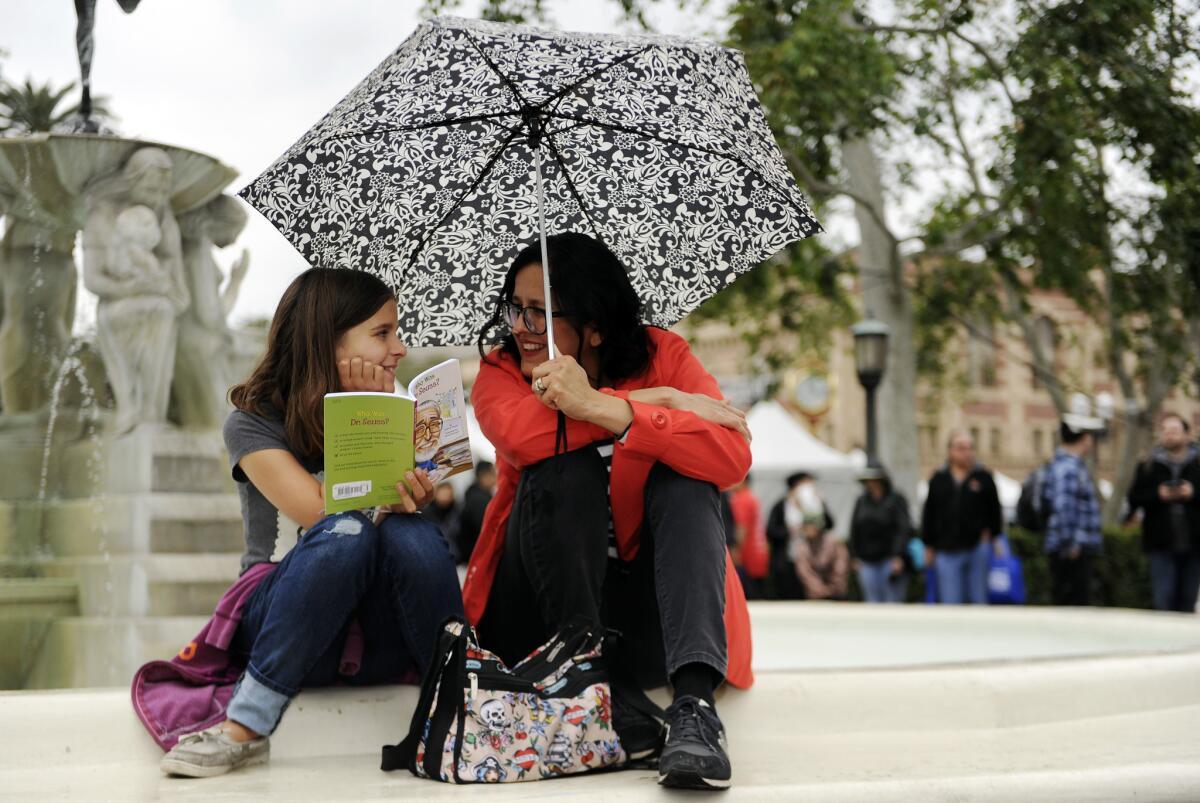How parents can use books as conversation starters

Parents are their child’s first teacher and their consistent model throughout their life. It’s the parents’ responsibility to tackle big issues such as racism, diversity and equality as kids grow older. Books can be a helpful way to talk about those values and emotions by serving as a conversation starter and a funnel for discussion in a way that’s comprehensible and digestible.
For parents of children ages 0-3: Choose board books featuring people of different cultures, races, skin color and backgrounds and use the text and illustrations to have conversations about our differences and similarities to celebrate diversity. There is great value in reading bilingual books and books that feature words in other languages as they expose children to different cultures. Children naturally notice physical differences and parents can help nurture their curiosity by expanding on the conversation. Ask children, “What do you have in common with this character? What is a difference between you and this character?
For parents of children ages 4-6: Choose early reader books and early chapter books that represent our diverse society to launch the conversation about representation and inclusivity with your children. Ask open-ended questions about how the characters and the story relate to their own experiences and backgrounds. Encourage compassion for others and curiosity to learn. Deeper conversations can begin once you ask open-ended questions and leave room for listening.
For parents of children ages 7-9: Your child may be reading, watching or listening to the news or hearing about current events from their friends and classmates. Ask questions and encourage conversation about what they are reading and hearing. Talk about news sources and the importance of cross-checking them for accuracy. Seek nonfiction and fiction books to encourage more learning about the world and different cultures. Create a safe space for your child to ask questions and share their worries and fears.
Learning includes observing and discussing together: Watching TV with your child and shopping for toys with them are opportunities for you to engage in conversations about race, ethnicity, diversity and identity by asking questions about who is represented (or not). Listen to music and eat food from different cultures. Discuss their origins and encourage further learning. Talk about why this is a priority for your family. We can encourage our children to be critical thinkers and observers about the world we live in and inspire the next generation to work for social justice and a more fair world.
Work on social action together: Books can inspire families to take action together. Look to books such as “The Water Princess” and “Mitzvah Pizza.” “The Water Princess” has a section at the end that discusses the foundation’s mission of building clean water wells in Burkina Faso. “Mitzvah Pizza” discusses the pizza store in Philadelphia that encourages customers to pay for pizza for those who can’t afford it. Your family may be inspired to volunteer or donate to a cause together. Volunteering and donating build empathy in children. Choose books that feature characters that stand up for and include others. Discuss with your child how they can be an ally or “upstander” by standing up for people who are mistreated or excluded.
Book recommendations
This article is part of A Guide to Storytime, L.A. Times Reading by 9’s 2020 parent reading guide. It was produced in partnership with local literacy nonprofit Ready, Set, Read! Check out the rest of the project here.